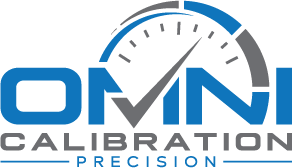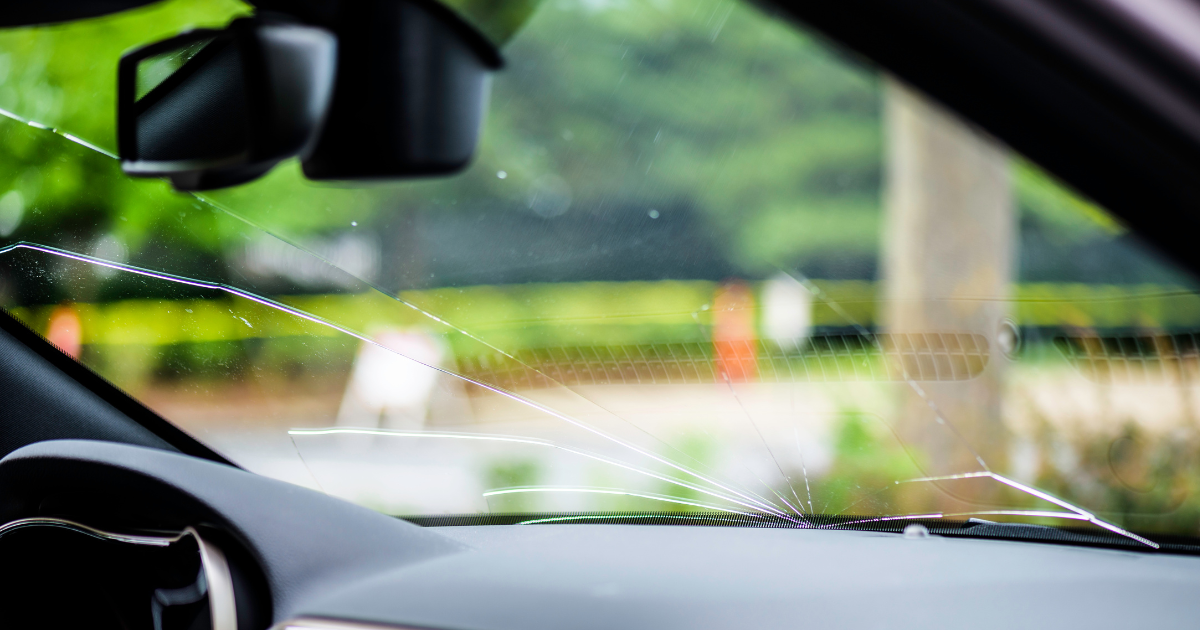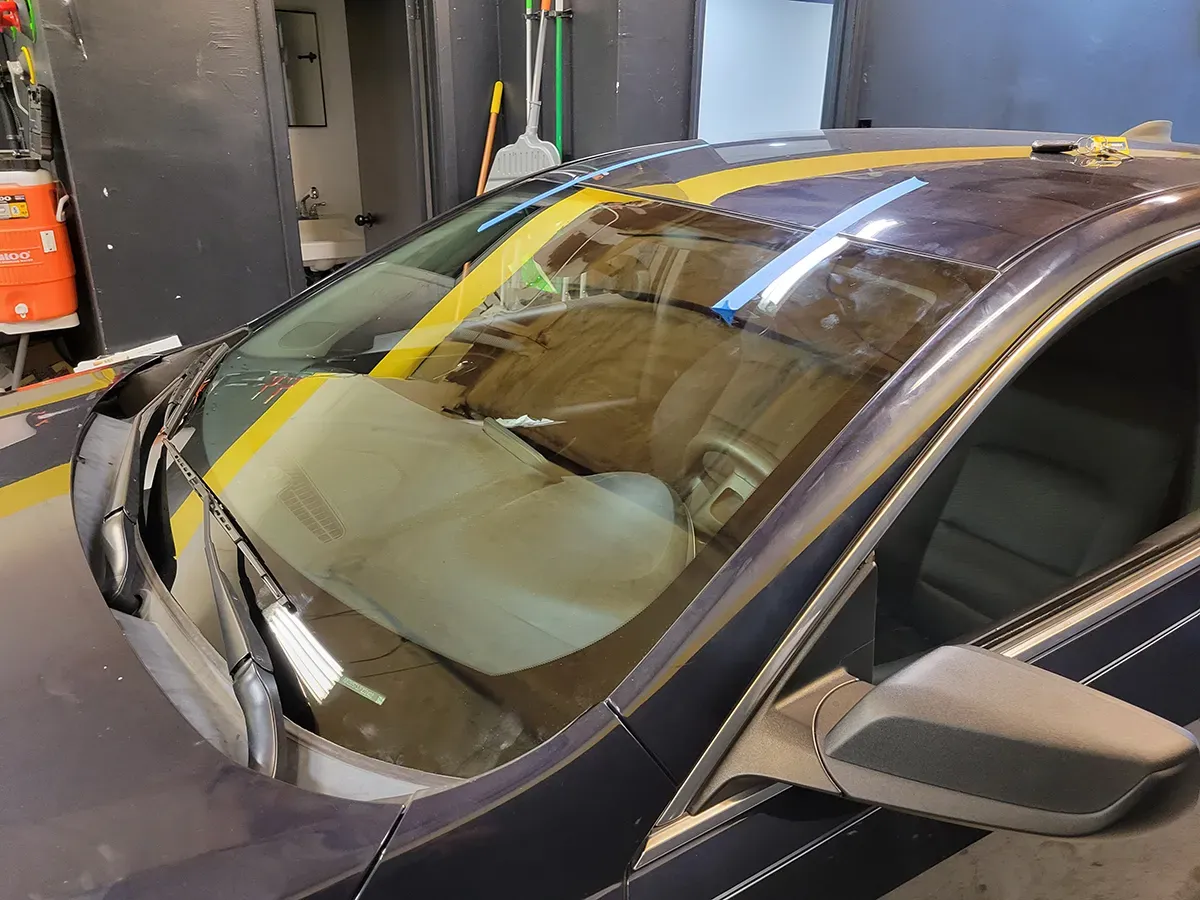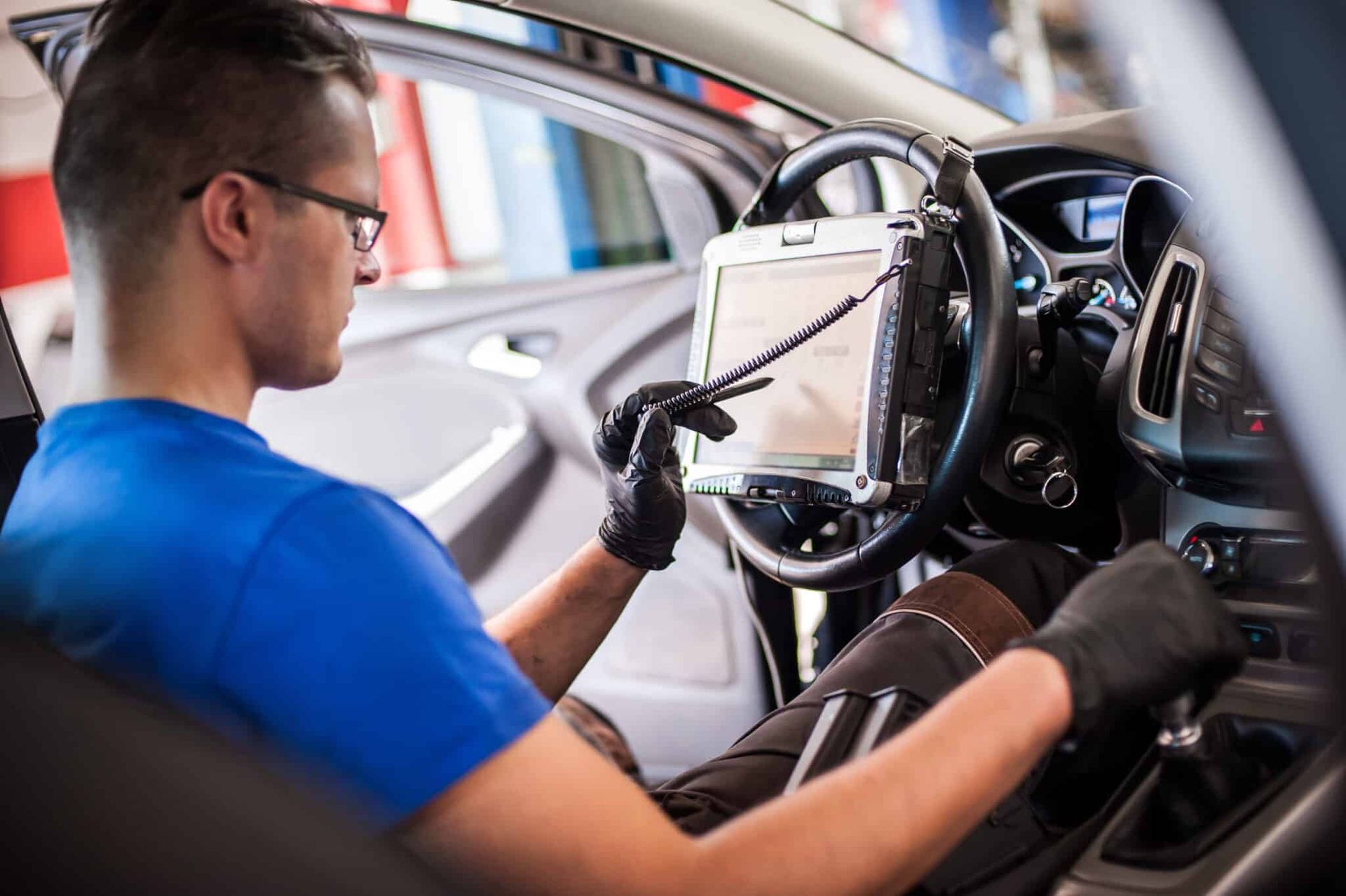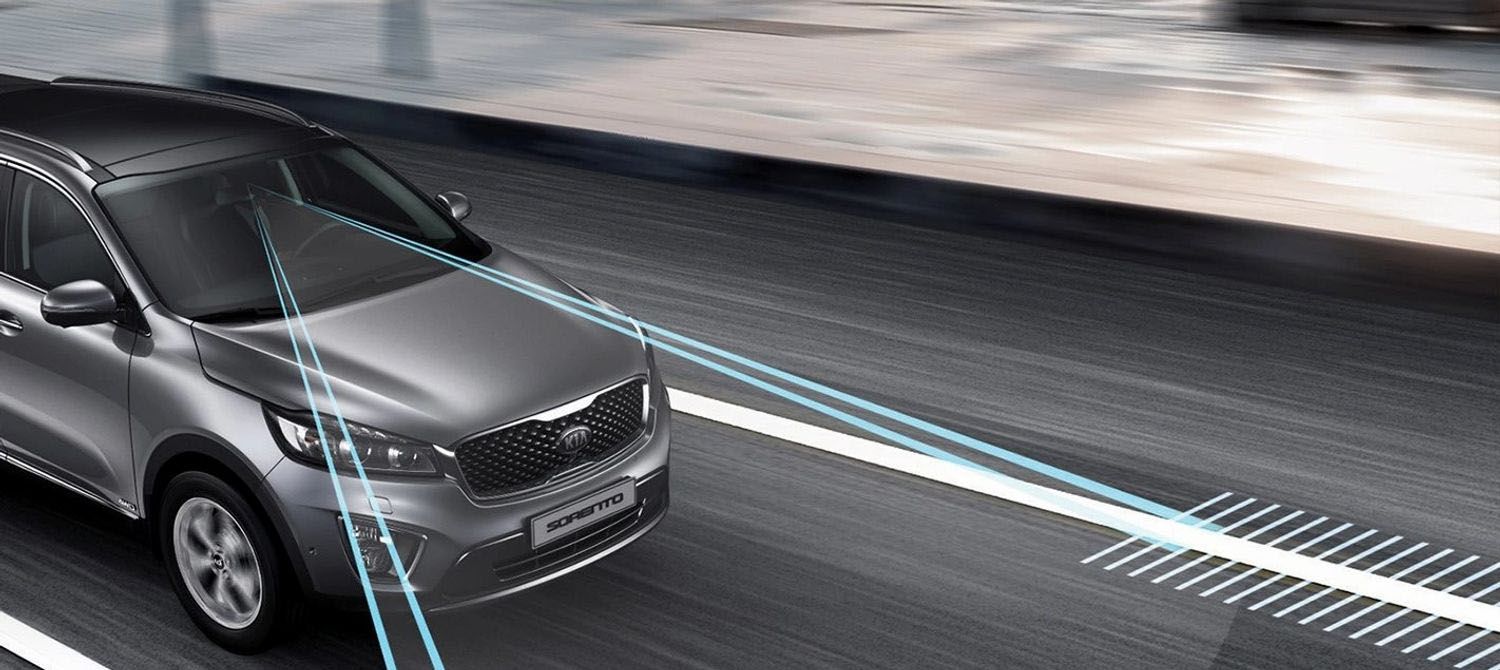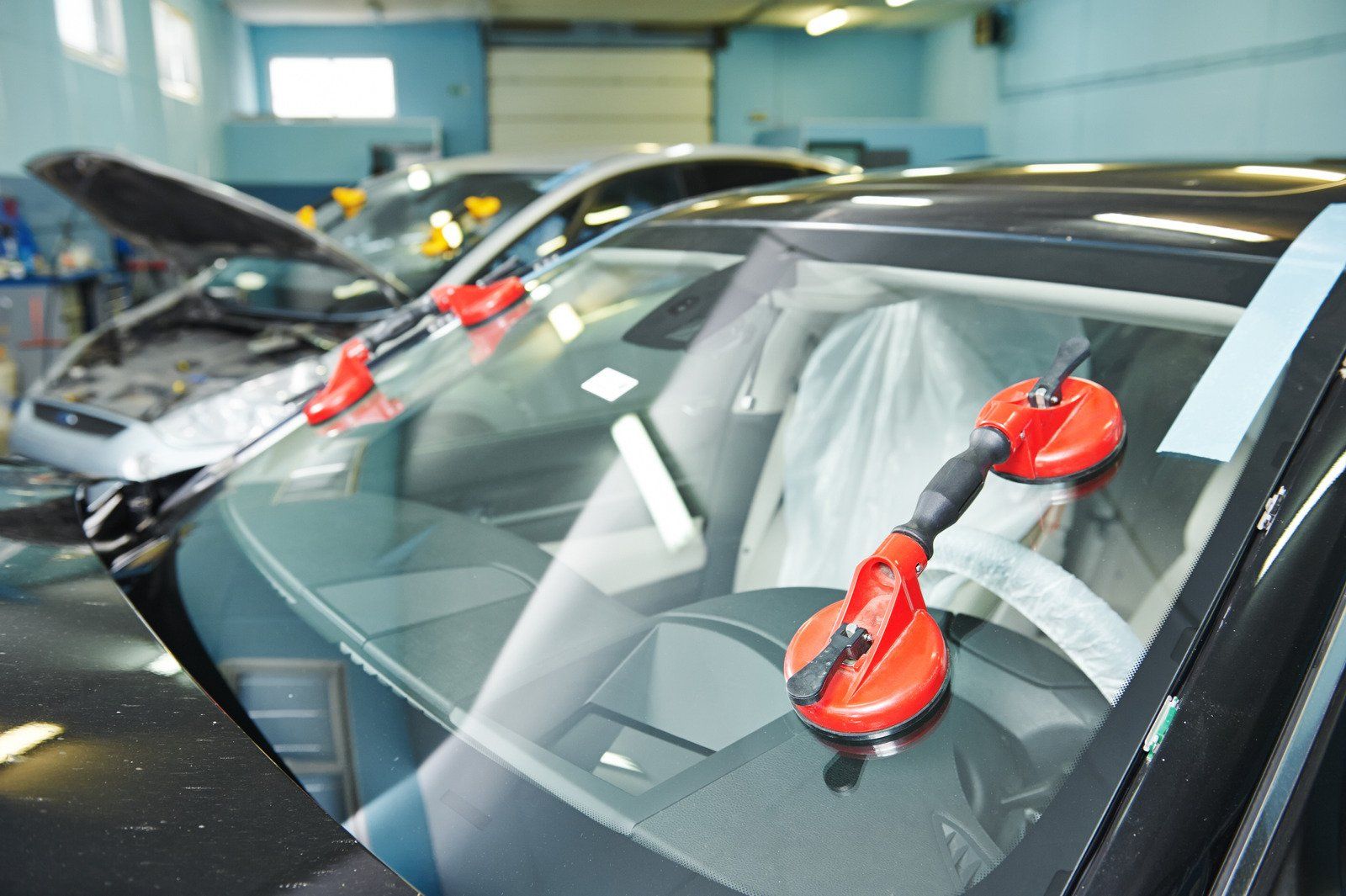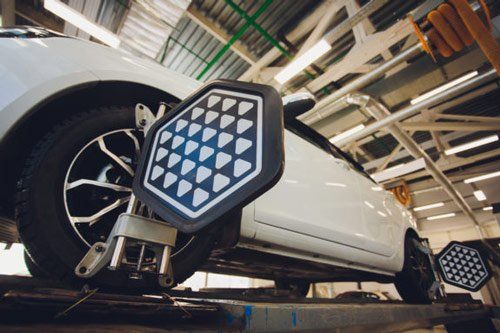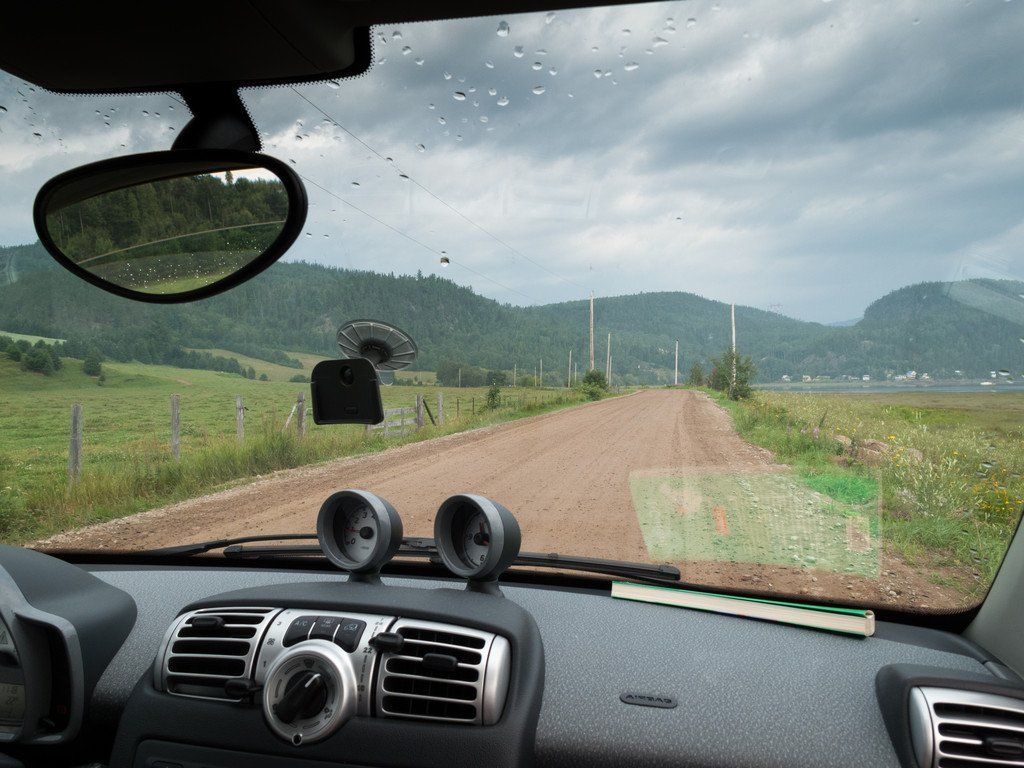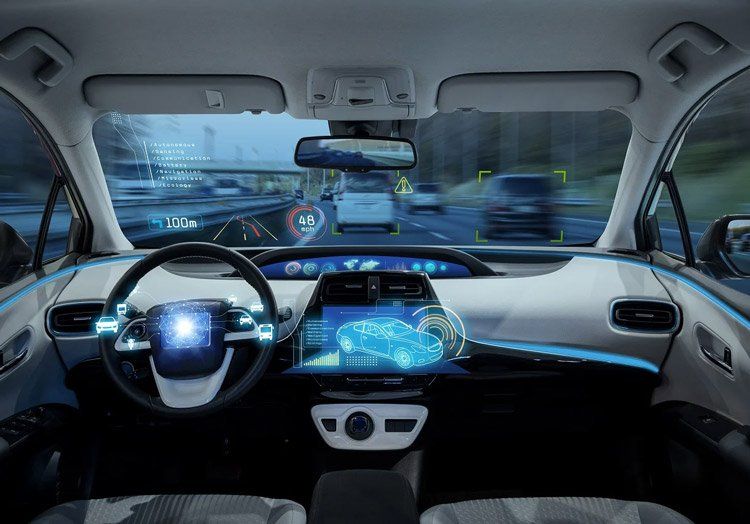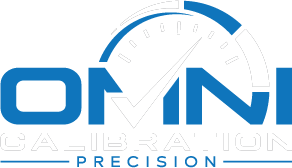Key Facts to Know About Windshield Calibration | Omni Calibration
In today’s vehicles, safety and technology blend seamlessly to create increasingly sophisticated driving experiences. Among these advancements, windshield calibration emerges as a critical service, especially for cars equipped with Advanced Driver Assistance Systems (ADAS). Understanding
windshield calibration is not just for the technologically savvy—it’s essential for all vehicle owners who prioritize safety and functionality.
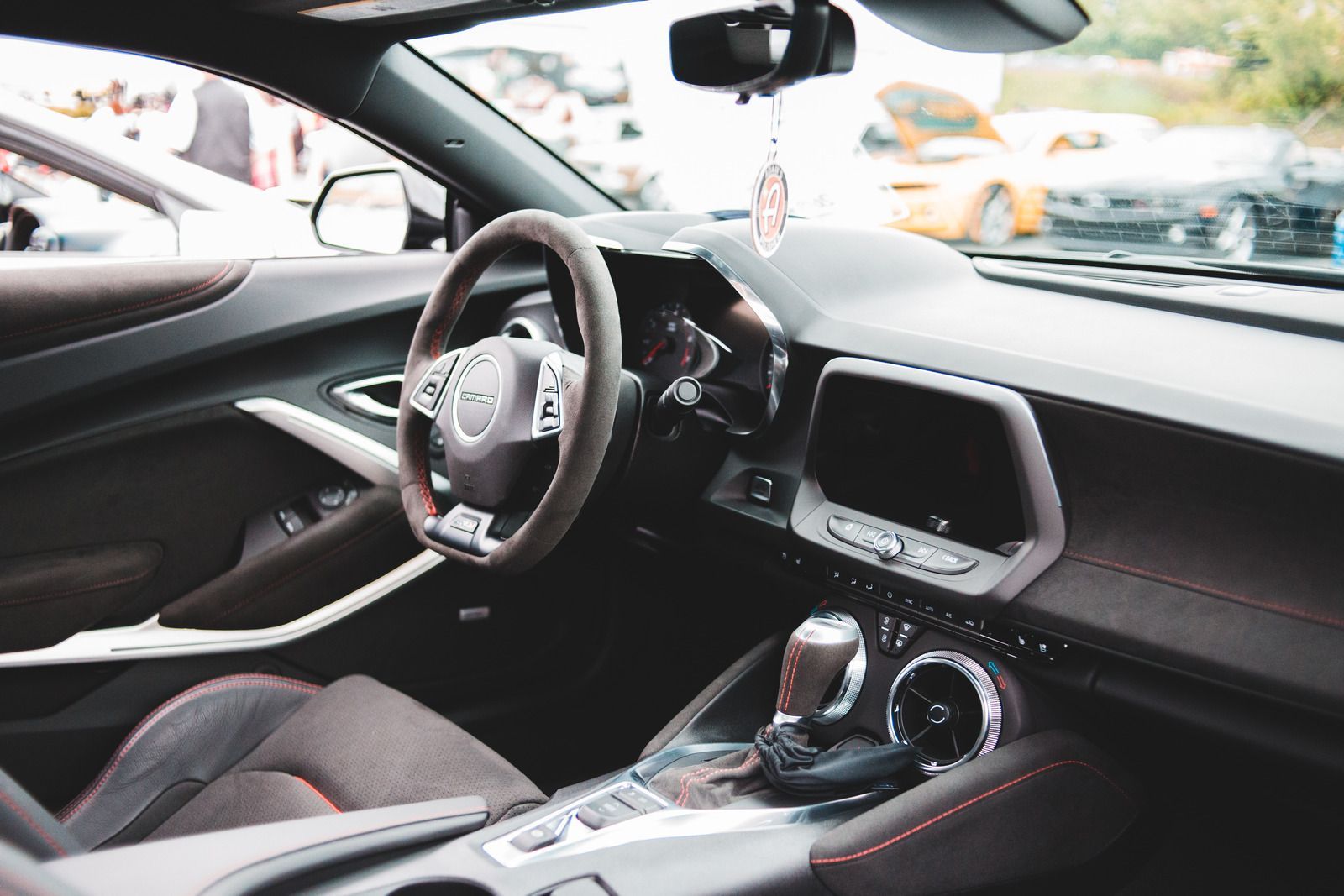
What is Windshield Calibration?
Windshield calibration is the process of adjusting the parameters of cameras and sensors attached to a vehicle’s windshield, ensuring they accurately interpret visuals and data after the windshield has been repaired or replaced. This process is crucial for the proper functioning of ADAS, which includes features like automatic emergency braking, lane departure warnings, and other safety mechanisms that rely on sensor input to operate correctly.
The Importance of Windshield Calibration
As vehicles become more reliant on electronic systems for safety, the accuracy of these systems depends heavily on precise sensor alignment. A miscalibrated sensor can fail to detect obstacles, misjudge distances, or improperly track road markings, thereby compromising the vehicle's safety features.
For instance, a study by the
Auto Glass Safety Council highlighted that even a slight misalignment in ADAS sensors could lead to faulty data interpretation, which can dramatically affect the performance of the system. This makes calibration not just a technical requirement but a crucial safety procedure.
Signs Your Windshield Needs Calibration
Identifying the need for windshield calibration is key to maintaining your vehicle’s safety integrity. Common indicators include:
- After Windshield Replacement: Any replacement typically necessitates calibration to ensure sensors and cameras align correctly with the new glass.
- System Alerts: Many vehicles have dashboard indicators that alert the driver to ADAS malfunctions, which can include calibration issues.
- Post-Accident: Vehicles involved in accidents should have their windshield and sensors checked, even if the glass is not visibly damaged.
- Performance Issues: If you notice that your car's safety features are not operating as expected, such as lane keeping assistance behaving erratically, it may be time for a calibration check.
The Calibration Process
The calibration process varies based on the vehicle make and model, but generally follows these steps:
Setup and Preparation
The vehicle is placed on a level surface with proper alignment equipment setup. This setup is crucial as it ensures the sensors and cameras have a true horizontal and vertical point of reference.
Connection and Analysis
Technicians connect the vehicle to a specialized diagnostic tool that communicates with the vehicle’s ADAS. This tool assesses whether the sensors are within manufacturer-specified ranges.
Adjustments and Testing
Sensors and cameras are adjusted according to the diagnostic feedback. After adjustments, the system is tested to confirm everything operates as intended.
Road Testing
Finally, the vehicle is taken for a test drive to ensure all systems function correctly in real-world conditions.
DIY vs. Professional Calibration
While some vehicle enthusiasts may consider DIY calibration, professional service is strongly recommended. Professional technicians use precise equipment and are trained to handle various systems across different vehicle models. This expertise is crucial as improper calibration can lead to system malfunctions and safety risks.
Costs and Considerations
The cost of windshield calibration can vary depending on several factors such as the vehicle make, model, and the specific service provider. Vehicle owners should consider these factors when choosing a service provider:
- Certification: Ensure that the technicians are certified to perform ADAS calibrations.
- Equipment: Check that the service center uses up-to-date and model-specific calibration equipment.
- Warranty: Some service centers offer a warranty on calibration services, which can provide additional peace of mind.
Conclusion
Windshield calibration is a vital procedure that ensures the safety features of your vehicle function correctly after a windshield replacement or repair. Recognizing the signs that calibration is needed and understanding the process are crucial steps for any vehicle owner. Always relying on professional services for windshield calibration can help maintain the vehicle’s safety features at optimal performance, thereby ensuring the safety of all road users.
If you suspect your vehicle needs windshield calibration, or if you’ve recently had a windshield replacement, contact a professional auto service to ensure your vehicle's safety systems are properly set up. Remember, ensuring your sensors are accurately calibrated is not just maintenance; it’s a critical safety measure for everyone on the road.
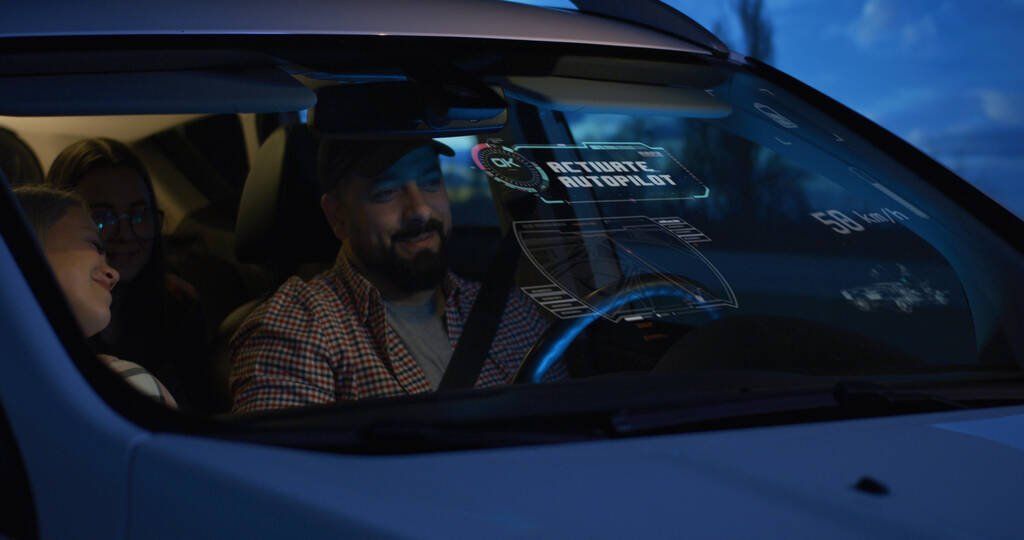

Contact Information
Phone: (210) 953-3490
Email: sales@omniautocal.com
Business Hours:
Mon - Sat: 8:00 AM to 5:00 PM
Sunday: Closed
Quick Links
All Rights Reserved | Omni Calibration
